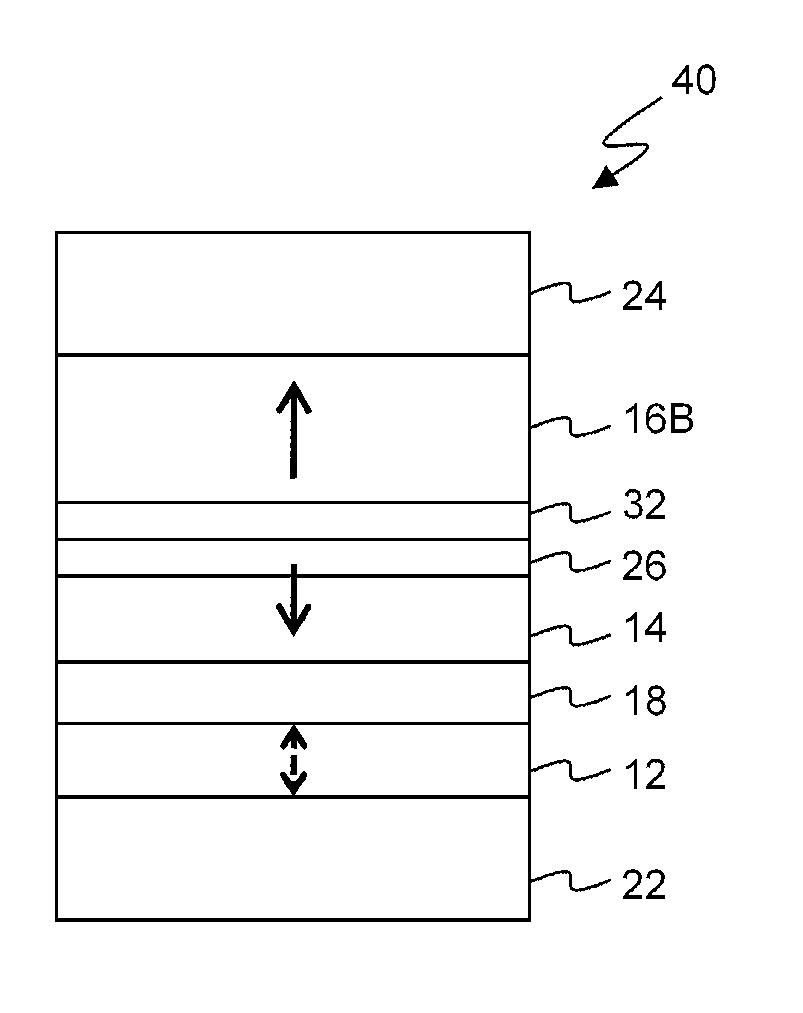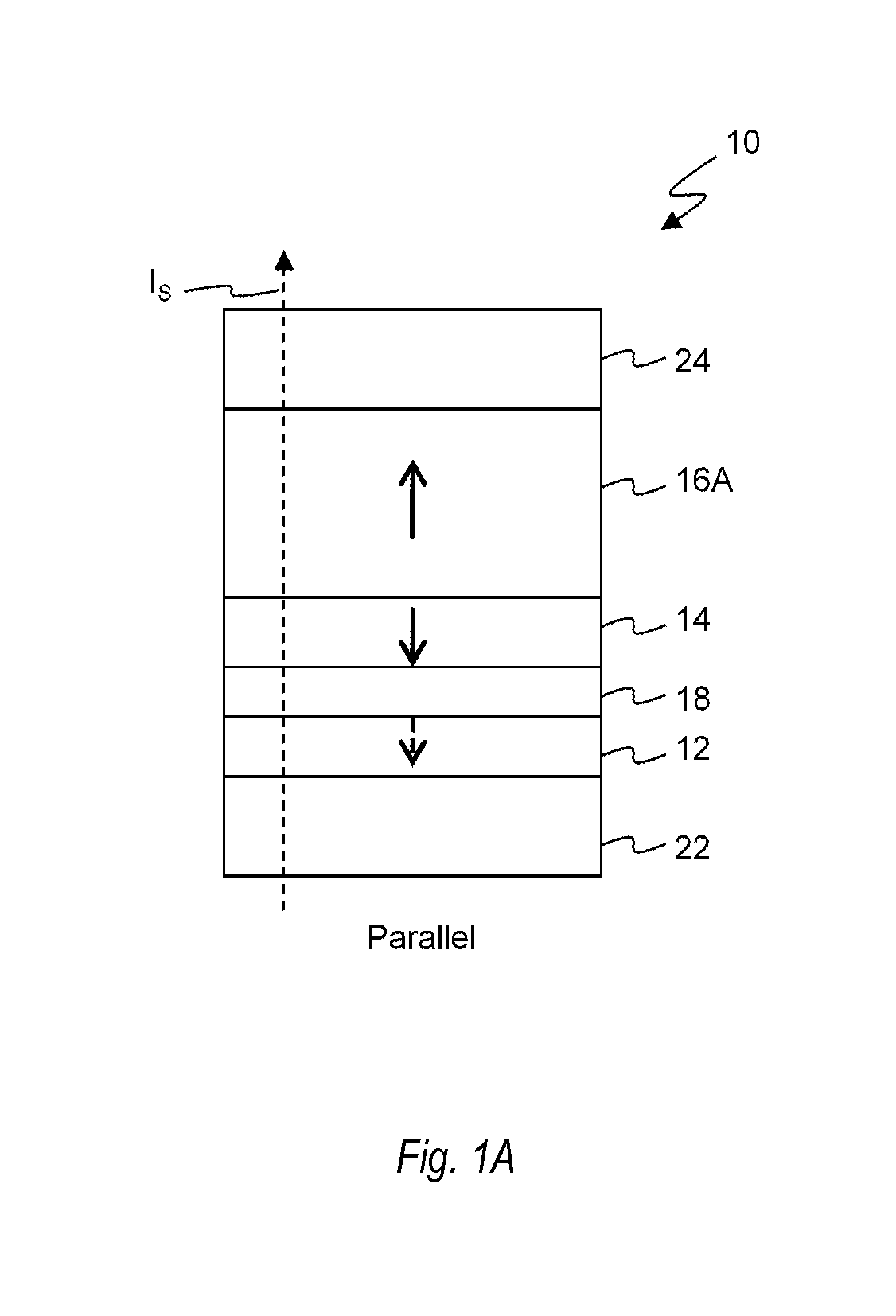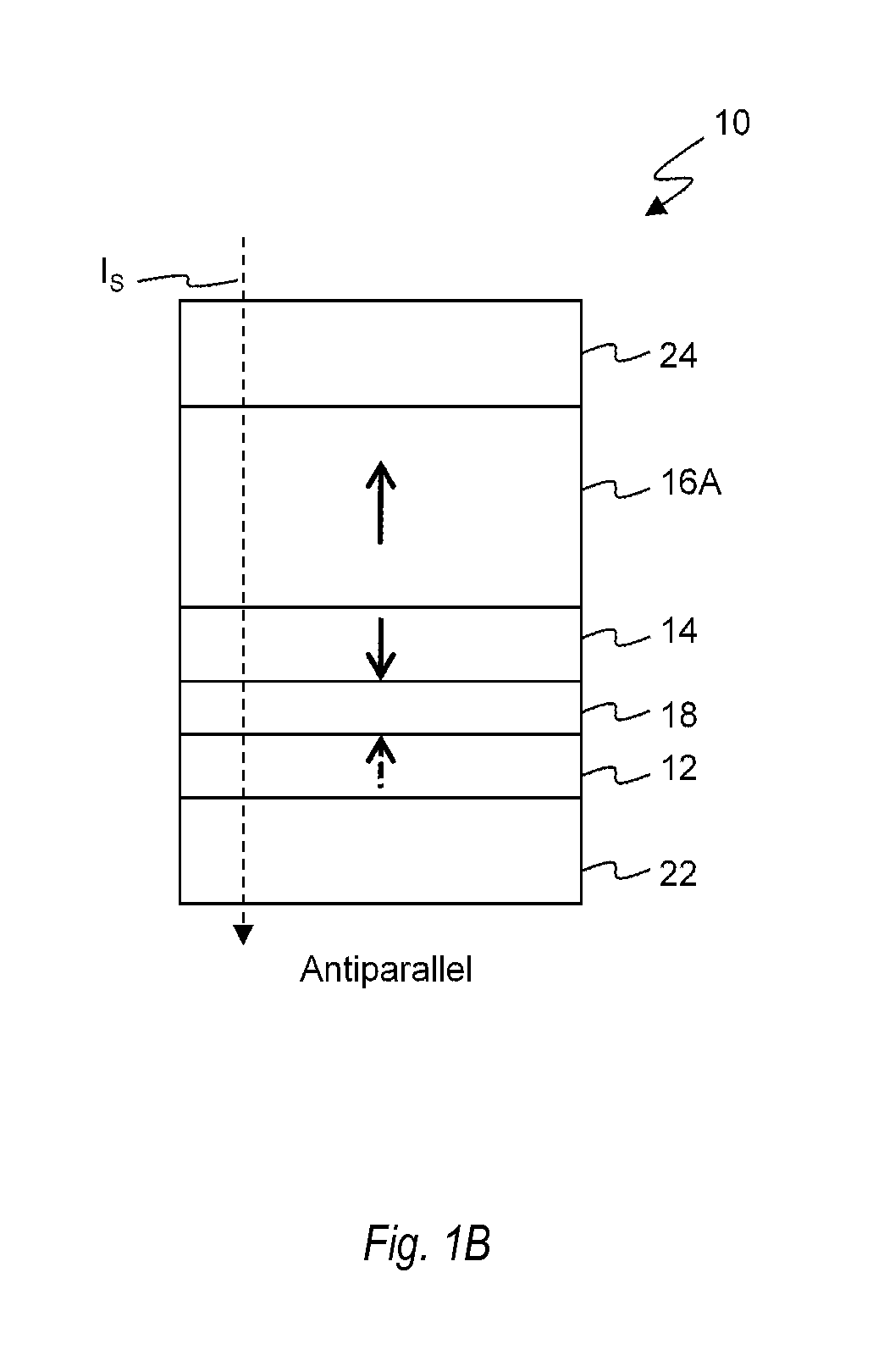Magnetoresistive Element and Method of Manufacturing the Same
a technology applied in the field of magnetoresistive elements and manufacturing methods, can solve the problems of affecting the thermal stability and switching current of mr elements, and reducing so as to reduce the density of spin-polarized switching current and increase the tmr
- Summary
- Abstract
- Description
- Claims
- Application Information
AI Technical Summary
Problems solved by technology
Method used
Image
Examples
Embodiment Construction
[0040]Embodiments of the present disclosure will be explained below with reference to the accompanying drawings. Note that in the following explanation the same reference numerals denote constituent elements having almost the same functions and arrangements, and a repetitive explanation will be made only when necessary. Since, however, each figure is an exemplary view, it should be noted that the relationship between the thickness and planar dimensions, the ratio of the thicknesses of layers, and the like are different from the actual ones. Accordingly, practical thicknesses and dimensions should be judged in consideration of the following explanation.
[0041]Note also that each embodiment to be presented below merely discloses an device or method for embodying the technical idea of the present disclosure. Therefore, the technical idea of the present disclosure does not limit the materials, shapes, structures, arrangements, and the like of constituent parts to those described below. T...
PUM
 Login to View More
Login to View More Abstract
Description
Claims
Application Information
 Login to View More
Login to View More - R&D
- Intellectual Property
- Life Sciences
- Materials
- Tech Scout
- Unparalleled Data Quality
- Higher Quality Content
- 60% Fewer Hallucinations
Browse by: Latest US Patents, China's latest patents, Technical Efficacy Thesaurus, Application Domain, Technology Topic, Popular Technical Reports.
© 2025 PatSnap. All rights reserved.Legal|Privacy policy|Modern Slavery Act Transparency Statement|Sitemap|About US| Contact US: help@patsnap.com



